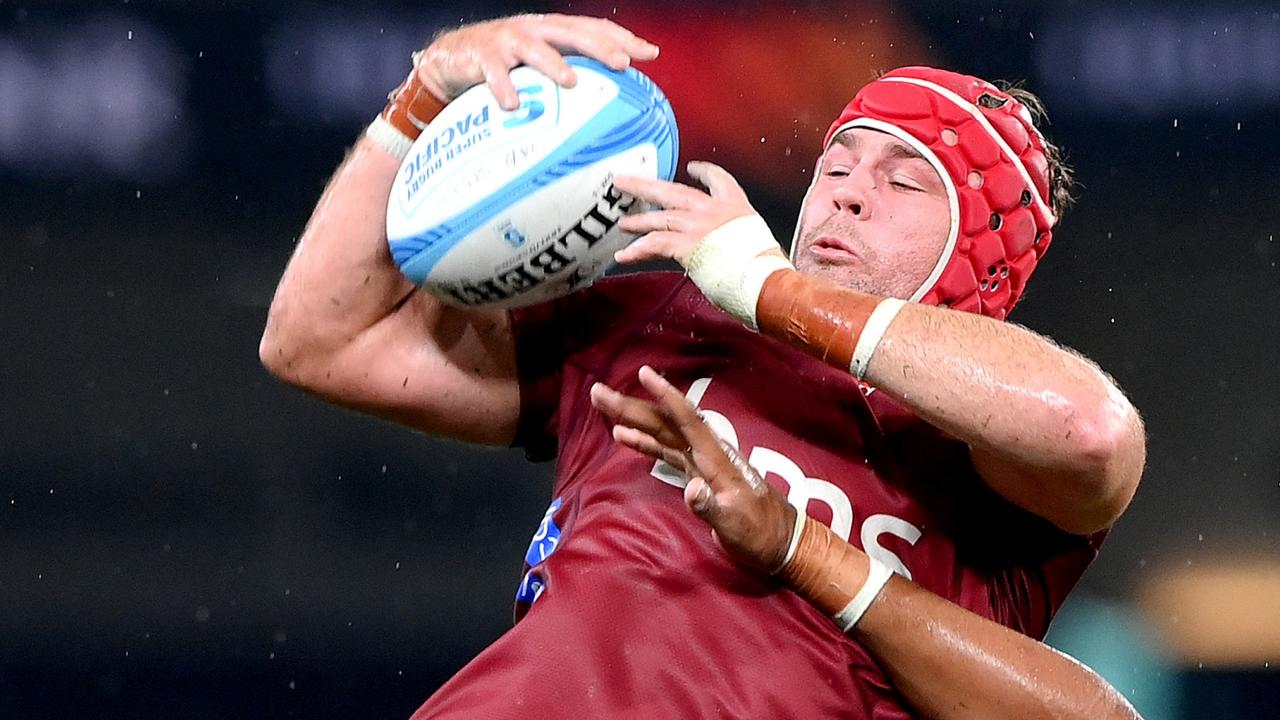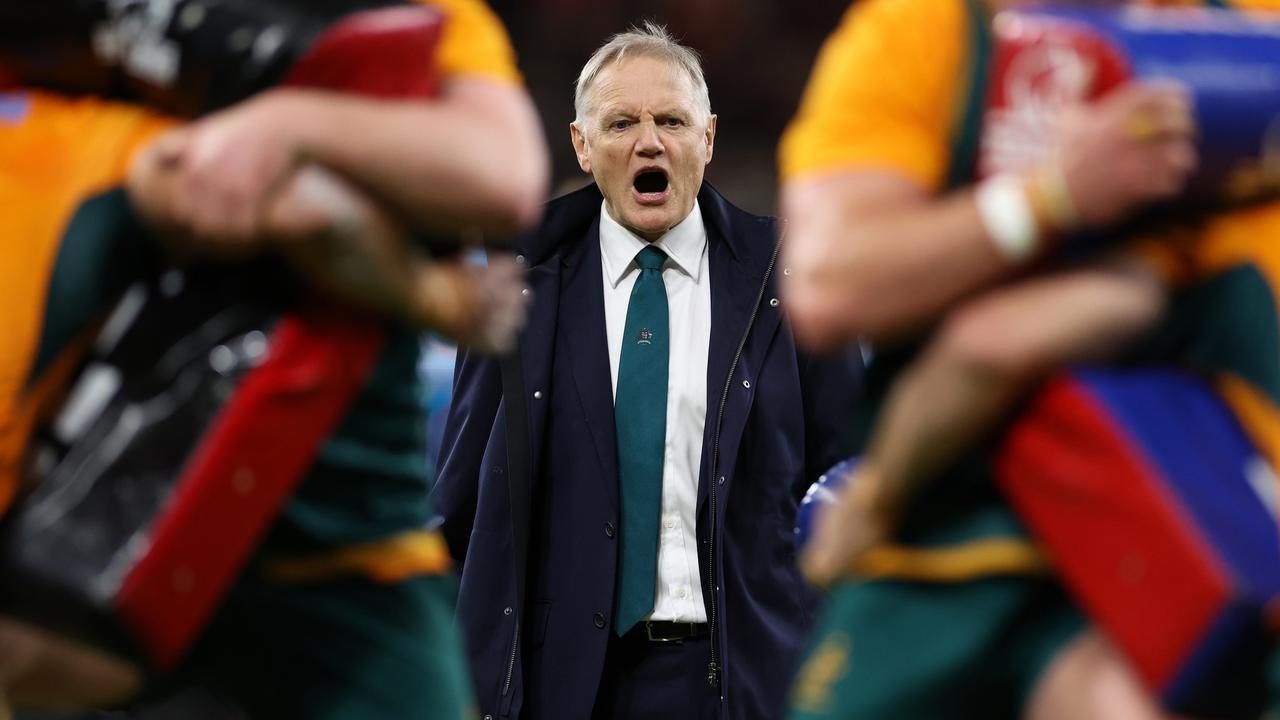Rugby Australia boss responds to collapse of World Rugby’s proposed global league
A collapse of World Rugby’s proposed global league has left Rugby Australia scrambling, but CEO Raelene Castle says sticking to the SANZAAR model is the way forward.
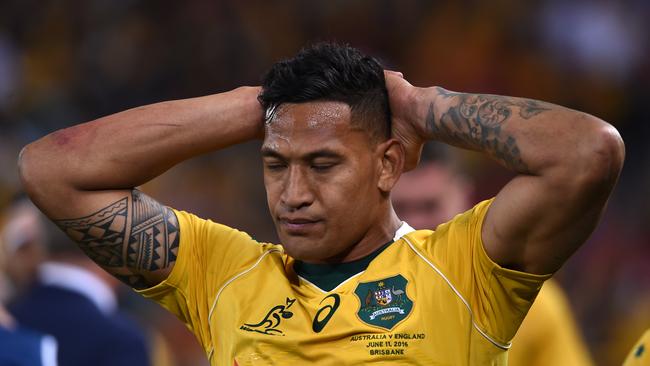
Rugby
Don't miss out on the headlines from Rugby. Followed categories will be added to My News.
- Junior Wallabies the shinning light for RA
- RA defends losing ‘best centre’ in country
- Folau legal action could crush Australian rugby
Update: Exposed and in financial strife, Rugby Australia will remain in alliance with South Africa, Argentina and New Zealand following the collapse of World Rugby’s proposed global league, spurning opportunities to explore a trans-Tasman only Super Rugby tournament.
RA chief executive Raelene Castle said she is confident the Plan B option of keeping South Africa and Argentina in Super Rugby and The Rugby Championship will still deliver a financial windfall that can save the game, despite broadcaster Fox Sports signalling its intention to scale back on broadcast rights following multi-million losses.
The proposed Nations Championship, a global tournament that would have pitted the top 12-ranked nations against each other every year between World Cups, would have delivered a windfall of millions to Australia but the northern hemisphere teams blocked it because they feared being dropped to a second division under the promotion-relegation system.

The northerners also wanted a significantly larger slice of the broadcast pie than southern hemisphere teams, given they have a larger audience, and the World Rugby-led proposal is now in the drain.
This leaves Australia reeling to come up with a secondary proposal that will reap equal broadcast revenue starting in 2021, though that is highly unlikely.
Unfriendly time zones is the biggest complaint of rugby viewers in Australia, who are flocking away from overnight matches in South Africa in droves, but Castle said research shows staying within the SANZAAR model is the best option.
“With all the due diligence we've done from a Super Rugby and TRC perspective, the research we've done with fans and players there is no doubt that for this next [broadcast] cycle the TRC is the right model for us going forward,” Castle said.
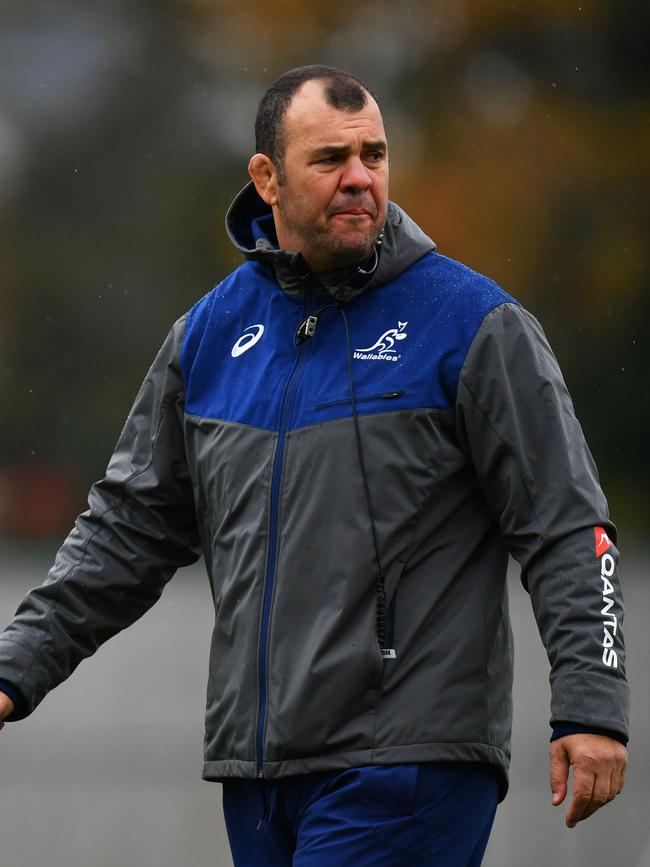
“There's no doubt that with the Nations Championship it has made us think about what either promotion and relegation, or inclusion of other nations, and how quickly those nations might come up to speed to be valuable contributors into a TRC, and that's part of the discussions that SANZAAR have been having.
“In a principled level, the four partners of SANZAAR want Super Rugby and TRC for this next broadcast cycle.”
Fiji, Japan and the United States are contenders to be part of an expanded TRC, but their entry will be dependent upon a combination of broadcast prospects, a competitive team, and stadium facilities.
Super Rugby has already been confirmed to be cutting back to 14 teams from 2021 by axing Japan’s Sunwolves, and reverting back to a round-robin system, but few expect this to magically transform the unimpressive television viewer numbers.
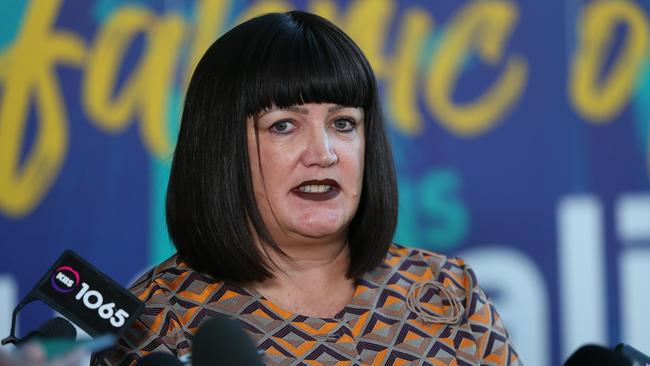
Castle could not give specific details on what the enhanced TRC will look like, or how much money it could potentially deliver against what the Nations Championship would have brought in, other than to say that digital streaming services like Optus or Netflix could figure in the next broadcast picture.
Facing an $8 million shortfall in the next financial year due to lost home Tests in this World Cup year, an unspecified legal bill in their ongoing battle against Israel Folau, and a mass defection of star players overseas, this next broadcast deal will make or break the code.
“I think some of the reporting around the numbers of the so-called windfall from the World Rugby Nations Championship ($18 million a year) were numbers that the media had printed and certainly were not numbers that were not confirmed or reported by anyone involved in the negotiations for the World Rugby Nations Championship,” Castle said.
“We are working closely with our broadcasters, recognising that we need to maximise those opportunities and ensure that the competitions are returning a value that allows the game to continue to grow and we can continue to invest in the game and the initial conversations we have had with our broadcasters are positive.”
Originally published as Rugby Australia boss responds to collapse of World Rugby’s proposed global league


